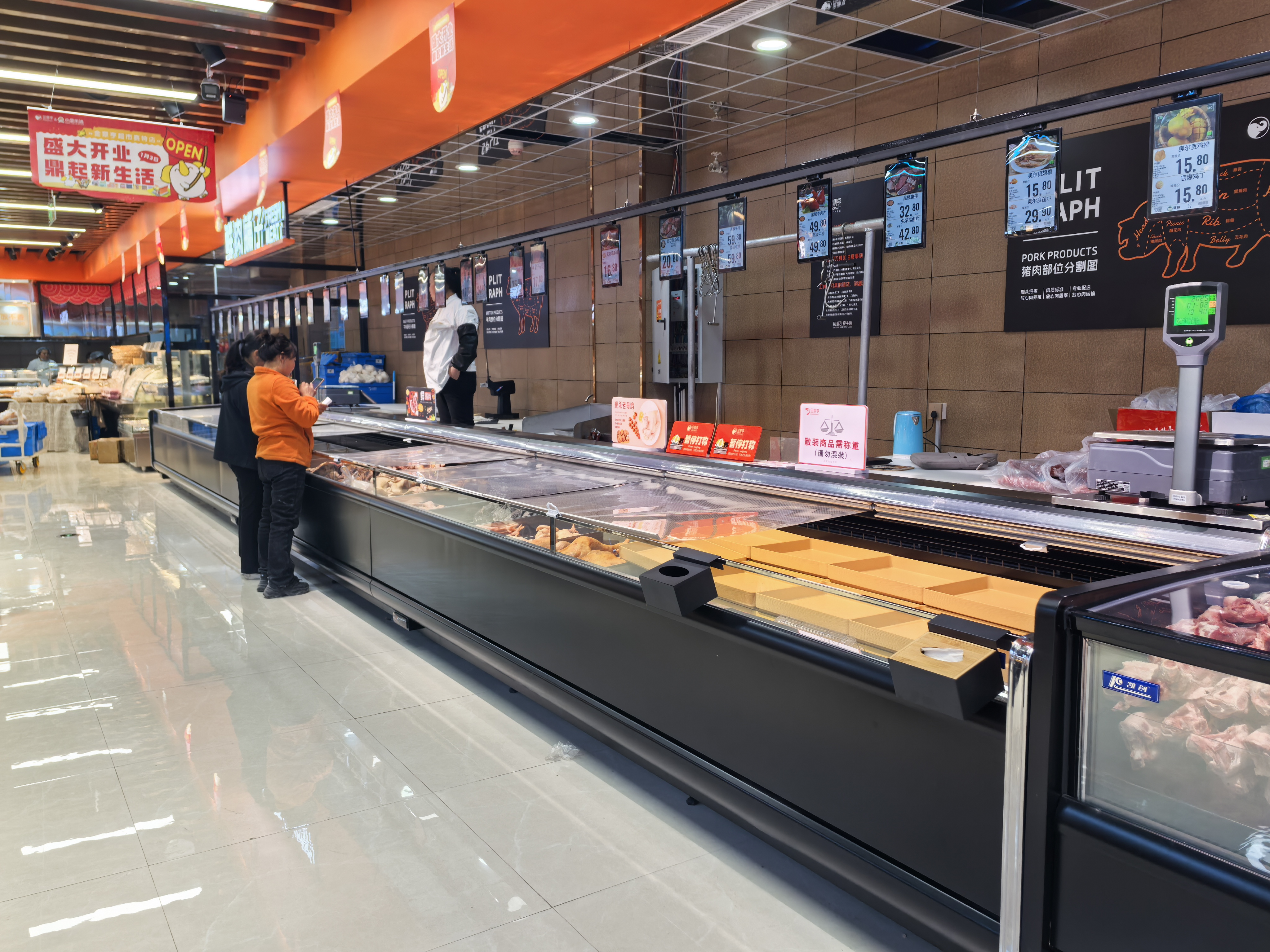An ice layer forming inside your freezer might seem harmless at first, but it can have a significant impact on both appliance efficiency and food preservation. Whether in household freezers or commercial refrigeration units, the buildup of ice is often a sign of underlying performance issues—and ignoring it can cost you more in energy bills and food waste.
What Is an Ice Layer?
An ice layer is the accumulation of frost or frozen moisture along the interior surfaces of a freezer. It often occurs due to frequent door openings, poor door seals, or excess humidity inside the unit. Over time, even a thin ice layer can reduce the appliance’s cooling efficiency and available storage space.
Why Ice Layers Are a Problem:
Reduced Cooling Efficiency: Ice buildup acts as an insulator, forcing the compressor to work harder to maintain optimal temperature.
Higher Energy Consumption: A freezer with excessive frost consumes more electricity, increasing operational costs.
Spoiled Food: Inconsistent temperatures can lead to uneven freezing, freezer burn, or spoiled inventory.
Maintenance Issues: Thick ice layers can damage internal components or lead to long-term system wear.
How to Prevent Ice Layer Formation:
Keep the freezer door closed as much as possible.
Check and replace faulty door seals.
Avoid placing warm or uncovered food inside.
Use a frost-free freezer model with automatic defrosting features.
Regular maintenance and timely defrosting can significantly extend your freezer’s life and ensure your food stays properly preserved. Whether you’re managing a commercial kitchen or home appliance, understanding and preventing ice layer buildup is key to efficient, reliable cold storage.
Post time: Jun-19-2025





